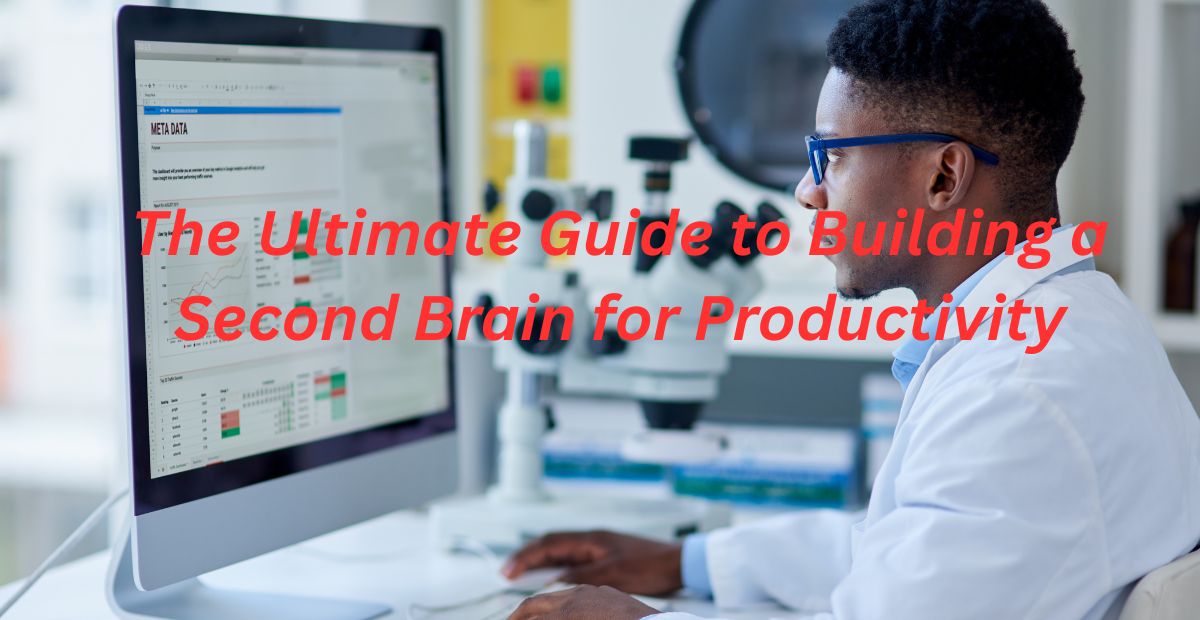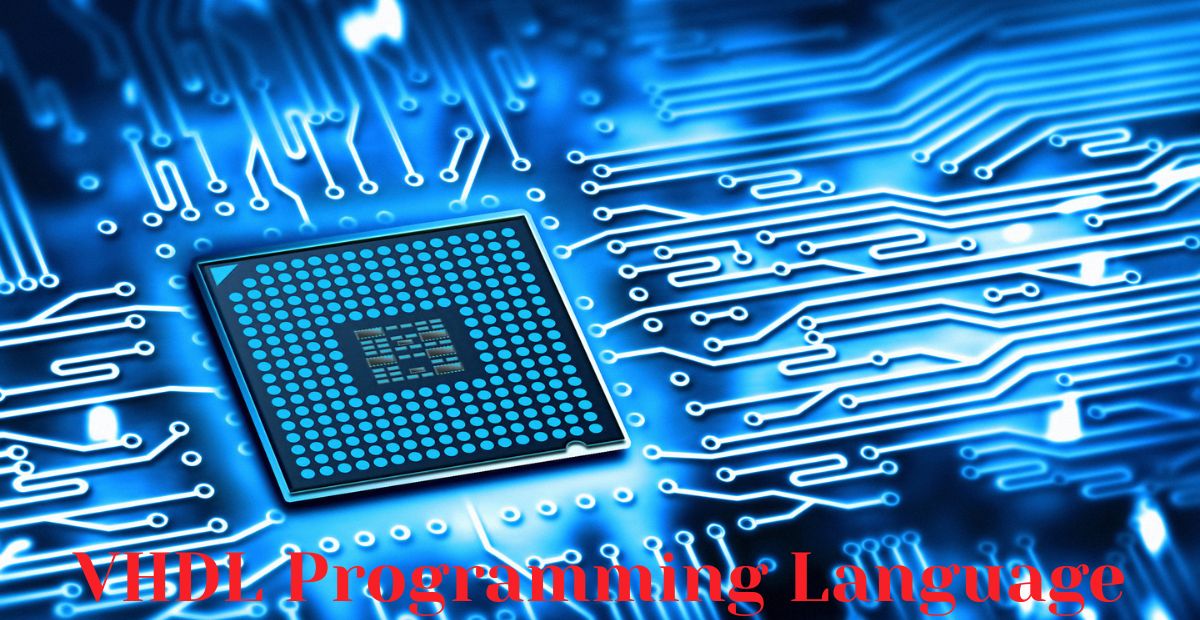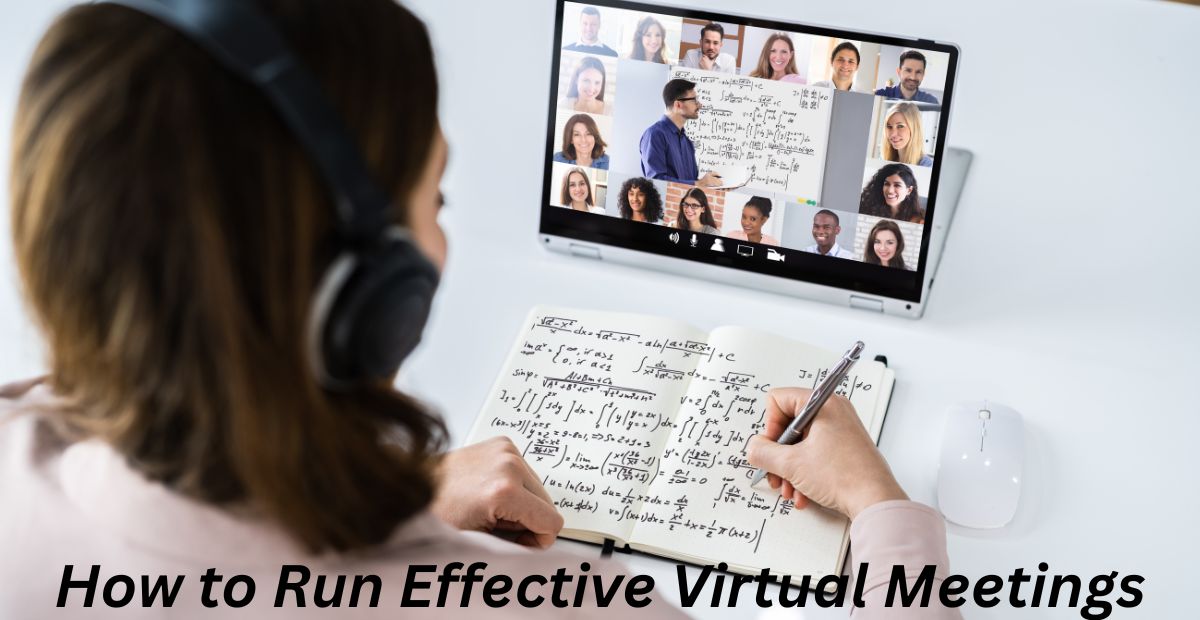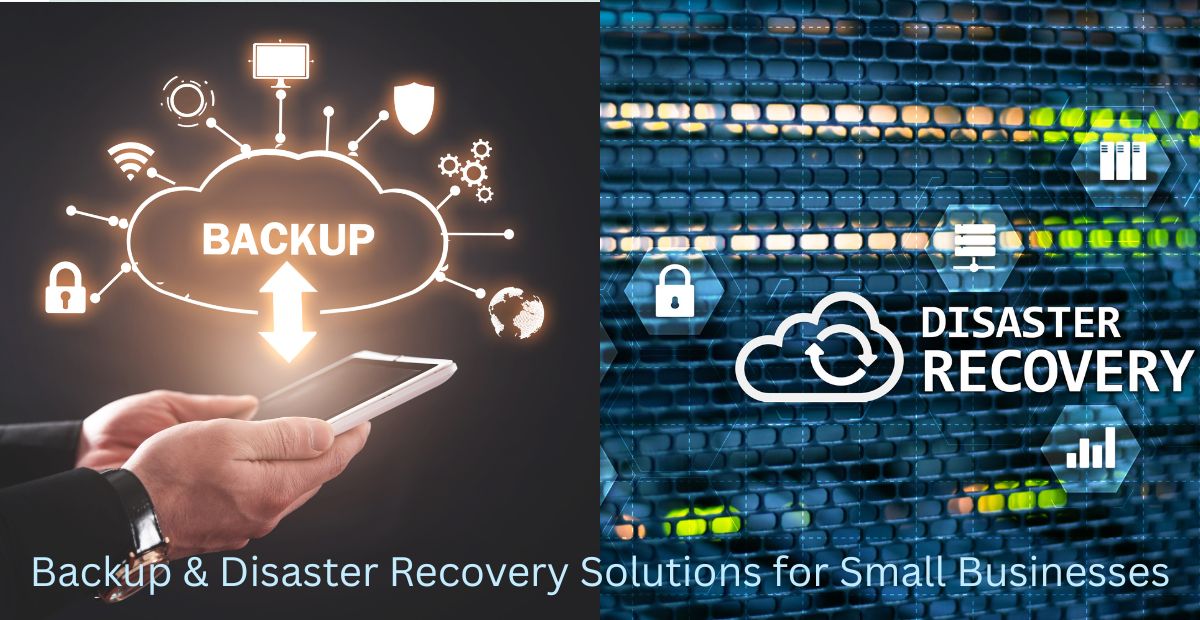In today’s fast-paced digital world, information overload is a real challenge. We consume vast amounts of data daily—emails, articles, notes, tasks—but retaining and organizing it efficiently is tough. The idea of a second brain enters the picture at this point.
A Second Brain is a systematic way to capture, organize, and retrieve knowledge effortlessly. Inspired by Tiago Forte’s Building a Second Brain (BASB) methodology, this guide will teach you how to create a digital system that enhances productivity, reduces mental clutter, and helps you achieve more with less stress.
By the end of this blog, you’ll understand:
- What a Second Brain is and why you need one
- The best tools and frameworks to build your system
- Step-by-step instructions to implement it
- How to optimize it for maximum productivity
Let’s dive in!
What Is a Second Brain?
Definition of a Second Brain
A Second Brain is an external, organized digital system that stores and manages information so your biological brain can focus on creativity and problem-solving.
Think of it as a personal knowledge management (PKM) system that:
- Captures ideas, notes, and insights
- Organizes them for easy retrieval
- Helps you make connections between ideas
- Automates repetitive tasks
Why You Need a Second Brain
- Prevents Information Overload – Filters out noise and keeps only what’s valuable.
- Enhances Memory & Recall – Stores knowledge so you don’t forget important details.
- Boosts Productivity – Reduces decision fatigue by keeping everything structured.
- Encourages Creativity – Frees up mental space for innovation.
- Improves Learning – Helps retain and apply knowledge effectively.
The Science Behind a Second Brain
Research shows that externalizing knowledge (writing things down) improves cognitive function. The Zeigarnik Effect suggests that unfinished tasks occupy mental space until completed a Second Brain helps close these loops.
The Building Blocks of a Second Brain
Tiago Forte’s Building a Second Brain (BASB) methodology revolves around four key steps, known as CODE:
1. Capture – Collect What Matters
The Capture phase is the critical first step in building an effective Second Brain. It’s about systematically collecting valuable information before it slips away transforming fleeting thoughts, insights, and resources into organized, actionable knowledge.
Focus on:
- Ideas & insights
- Quotes & highlights
- Tasks & projects
- Research & references
Tools for Capture:
- Readwise (for saving highlights from books/articles)
- Evernote/Notion (for quick notes)
- Pocket/Raindrop.io (for saving web content)
2. Organize – Use the PARA Method
The PARA Method, created by productivity expert Tiago Forte, is the gold standard for organizing digital information. It transforms your captured content into an actionable, stress-free knowledge system that actually works in real life.
The PARA system organizes information into four categories:
- Projects – Active short-term goals (e.g., “Launch a blog”)
- Areas – Long-term responsibilities (e.g., “Health,” “Finances”)
- Resources – Reference material (e.g., “Marketing tips”)
- Archives – Inactive but valuable past data
3. Distill – Extract the Essence
The Distill phase is where your Second Brain evolves from a storage system into a high value knowledge engine. It is the process of transforming recorded data into its most useful, powerful form, converting noise into signal.
Condense notes into actionable summaries using:
- Progressive Summarization (highlight key points in layers)
- Atomic Notes (one idea per note for easy linking)
4. Express – Share & Create Output
The Express phase is where your Second Brain delivers real world value transforming captured, organized, and distilled knowledge into tangible results. This is the stage where you stop passively collecting information and start creating, sharing, and making an impact.
Turn stored knowledge into:
- Blog posts
- Presentations
- Business strategies
- Creative projects
Best Tools for Building a Second Brain
1. Notion – The All-in-One Workspace
Notion is an all-in-one platform that integrates databases, tasks, notes, and collaboration capabilities. Used by over 30 million people, it helps individuals and teams work smarter.
Pros:
- Highly customizable, databases, templates
Cons:
- Steeper learning curve
2. Evernote – The Classic Note-Taker
For over 15 years, Evernote has established itself as the gold standard in digital note taking, serving as an external memory system for professionals, creatives, and lifelong learners. More than just an app, Evernote represents a philosophy of knowledge capture and preservation that has influenced all subsequent productivity tools.
Pros:
- Great for quick capture, OCR scanning
Cons:
- Limited free plan
3. Obsidian – The Linked-Thinking Powerhouse
Obsidian isn’t just another notes app it’s a thinking environment designed for the way your brain naturally works. Built on the principle of networked thought, Obsidian transforms your notes into a dynamic web of interconnected ideas that grows more valuable over time.
Pros:
- Local storage, backlinking, graph view
Cons:
- No mobile sync (free version)
4. Roam Research – For Networked Thought
A thinking companion that fundamentally changes how you interact with knowledge is Roam Research. Built around the concept of bi-directional linking, Roam creates a dynamic thinking environment where ideas naturally connect and evolve.
Pros:
- Bi-directional linking, daily notes
Cons:
- Expensive
5. Readwise – For Book & Article Highlights
Readwise solves the critical problem every serious reader faces 90% of what we highlight is forgotten within days. This intelligent platform automatically consolidates, reviews, and connects your best book and article highlights – turning scattered annotations into actionable knowledge capital.
Pros:
- Syncs with Kindle, Instapaper, and more
Cons:
- Paid-only
Step-by-Step Guide to Building Your Second Brain
Step 1: Choose Your Tool
- Pick one tool (e.g., Notion or Obsidian) and stick with it.
Step 2: Set Up PARA Folders
Create four main folders:
- Projects
- Areas
- Resources
- Archives
Step 3: Capture Everything
- Save articles, notes, and ideas into your system.
- Use browser extensions (e.g., Notion Web Clipper).
Step 4: Organize Weekly
- Review and move items into PARA.
- Delete or archive what’s no longer useful.
Step 5: Create Output
- Turn notes into blogs, social posts, or presentations.
- Use templates for consistency.
Advanced Second Brain Techniques
1. Zettelkasten Method
The Zettelkasten is a time-tested knowledge organization system that transforms how you capture, connect, and create with information. Originally developed by sociologist Niklas Luhmann, this method has been digitally reborn as the gold standard for serious researchers, writers, and thinkers.
- A German note-taking system that connects ideas.
- Works well with Obsidian/Roam.
2. Digital Garden
A Digital Garden is an evolving, interconnected knowledge base that blends personal learning with public sharing making it a perfect extension of your Second Brain. Unlike traditional notes or static blogs, a Digital Garden thrives on continuous growth, refinement, and connection just like a real garden.
- A public or private space for evolving thoughts.
- Example: GitHub Pages with Markdown.
3. Automations (Zapier/Integromat)
Automation tools like Zapier and Make (formerly Integromat) transform your Second Brain from a static repository into a self-organizing, intelligent system. By connecting apps and automating repetitive tasks
- Auto-save emails to Notion.
- Sync Readwise highlights to Obsidian.
Common Mistakes & How to Avoid Them
Mistake 1: Overcomplicating the System
Fix: Start simple (just PARA + one tool).
Mistake 2: Not Reviewing Regularly
Fix: Schedule weekly reviews.
Mistake 3: Capturing Too Much
Fix: Be selective—only save truly useful content.
Conclusion:
Start Building Your Second Brain Today
A Second Brain is a game-changer for productivity, learning, and creativity. By following the CODE framework, using the right tools, and maintaining consistency, you’ll unlock a more efficient, organized, and stress-free workflow.
FAQs About Building a Second Brain for Productivity
What is a second brain exactly?
Who Needs a Second Brain?
- Handles large amounts of information (students, professionals, creatives)
- Struggles with forgetting ideas or tasks
- Wants to learn faster and retain knowledge
- Needs a structured way to manage projects
What’s the Best Tool for a Second Brain?
- Notion (best for all-in-one customization)
- Obsidian (best for linked thinking & local storage)
- Evernote (best for quick capture & scanning)
- Roam Research (best for bi-directional linking)
- Start with one tool to avoid overwhelm.
How long does it take to keep up?
- Daily: 5-10 minutes (capturing notes)
- Weekly: 30-60 minutes (organizing & reviewing)
- Monthly: 1-2 hours (deep cleanup & optimization)
Is a Second Brain Only for Work?
- Personal goals (fitness, finances)
- Learning (book summaries, courses)
- Creative projects (writing, art, coding)
What’s the PARA Method?
- Projects (active short-term goals)
- Areas (long-term responsibilities)
- Resources (reference materials)
- Archives (inactive but useful data)
Should I Use Multiple Tools for My Second Brain?
How Do I Avoid Overwhelm When Starting?
- Start small (capture just key ideas first)
- Follow PARA for simple organization
- Schedule weekly reviews to declutter
Can I Use a Second Brain for Team Collaboration?
Mastering a Second Brain system transforms how you capture, organize, and leverage knowledge—turning information overload into actionable intelligence. For more on optimizing productivity through intelligent knowledge management, follow Infinity Logic.





